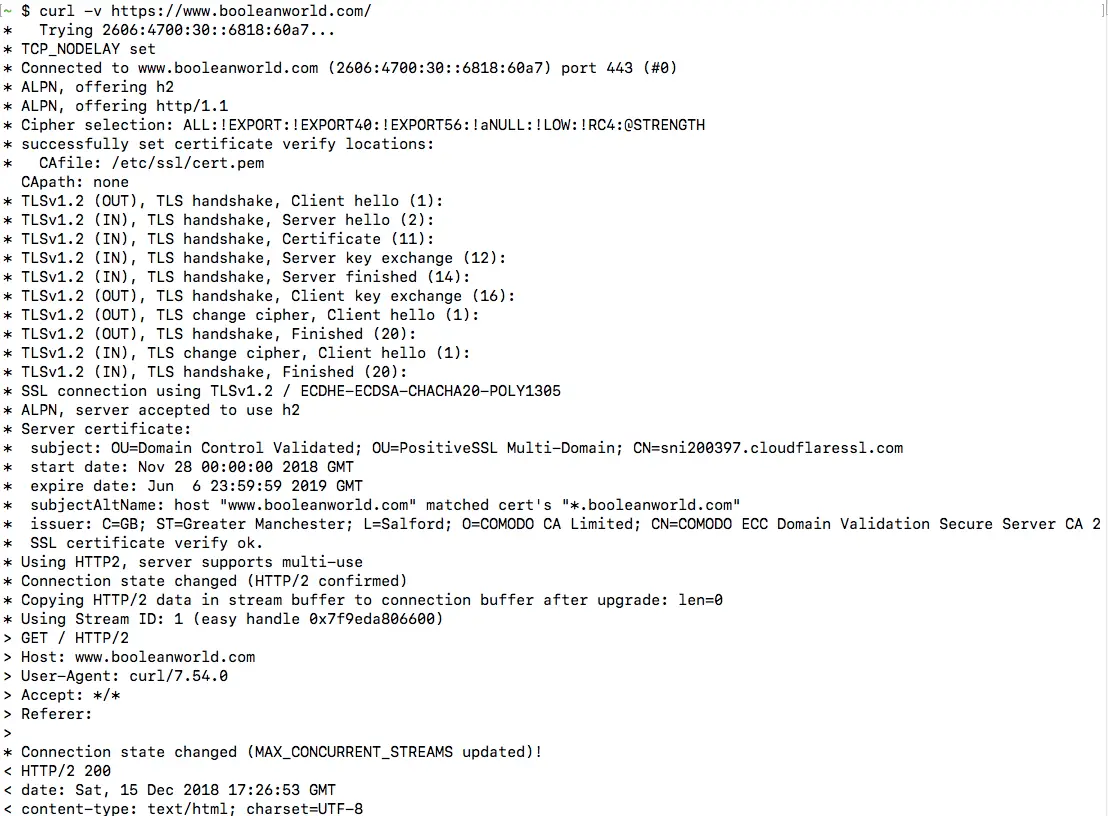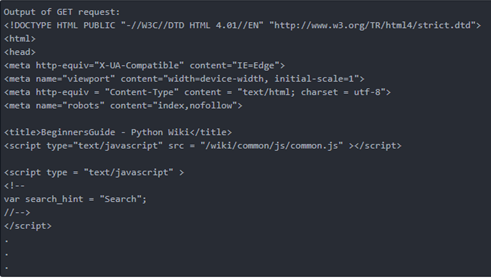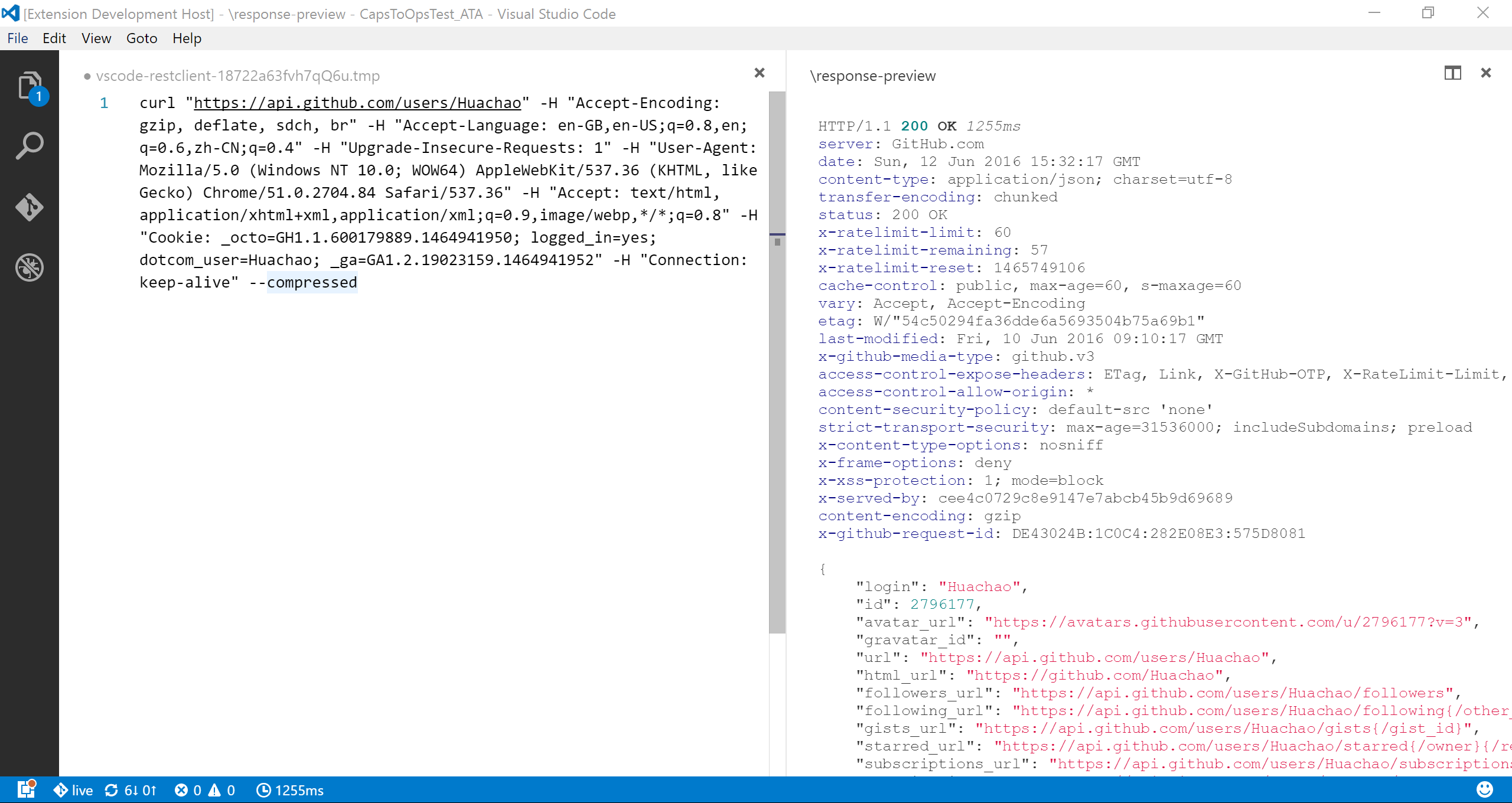

- #Run rest curl command mac how to#
- #Run rest curl command mac install#
- #Run rest curl command mac code#

The curl command Linux is widely used for file upload and downloads on both secured and non-secured FTP servers. curl -A "Mozilla/5.0 (X11 Ubuntu Linux i686 rv:96.0) Gecko/20100101 Firefox/96.0" Transfer files over FTPįTP, short for File Transfer Protocol, is a protocol that allows users to transfer data to and from an FTP server. In this example, we are telling curl to use or emulating Firefox 96.0 from the Ubuntu Linux machine. To change the user agent using curl to a different browser, use the -A option in the command line syntax shown. Different websites respond differently to specific user agents and sometimes, you might find yourself having to change the user agent. Check the version of Curlįirst off, to verify the version of the curl utility installed, invoke the command: curl -versionĮvery time to launch your browser and connect to a site, the user agent ( UA ) which is included in the HTTP header relays to the website details about your browser, its version, and OS among many other details. This includes curl options and will explain with its examples. Let us now explore some of the most widely used curl commands. Performs a POST request on an HTTP serverĪllows connection to a server via a proxy server Used where a username and password authentication is required by an FTP server Mostly used with self-signed SSL certificates Sets the User-Agent when accessing the fileīypasses certificate checking. Sets the bandwidth limit during file download Optionsĭownloads and saves a file using its own file name.Īllows a user to download and save a file using a different file name.Īllows the resumption of a file download that was previously interrupted. Here are some of the commonly used curl command options. Where no protocol is specified, as shown above, the curl command defaults to the basic HTTP protocol.
#Run rest curl command mac code#
In the command below, Curl prints out the HTML code of the entire site on the terminal. Without command line arguments, the curl command-line tool displays the source code of the resource. The URL can either be a fully qualified domain name or an IP address. The curl command takes the following basic syntax.
#Run rest curl command mac how to#
With the installation of curl already out of the way, let us now shift gears and learn how to use the curl command.
#Run rest curl command mac install#
On SUSE Linux including Leap and TumbleWeed, execute the following command: sudo zypper install -Sy curl sudo apt install curl Install curl on Fedora / RHEL / CentOS / Rocky Linuxįor Fedora and Red Hat distributions such as CentOS, Rocky Linux, and AlmaLinux, run the command: sudo dnf install curl Install curl on ArchLinuxįor Arch Linux and Arch derivates such as Manjaro and Endeavour OS, run the command: sudo pacman -Sy curl Install curl on OpenSUSE

On Debian / Ubuntu distributions such as Mint, MX Linux, Zorin, and Elementary OS, run the command. However, if for whatever reason curl is missing from your Linux flavor, here is how you can install it on major Linux distributions. Install curl on Fedora / RHEL / CentOS / Rocky Linuxīy default, the curl command-line tool comes preinstalled in a majority of modern Linux distributions.


 0 kommentar(er)
0 kommentar(er)
